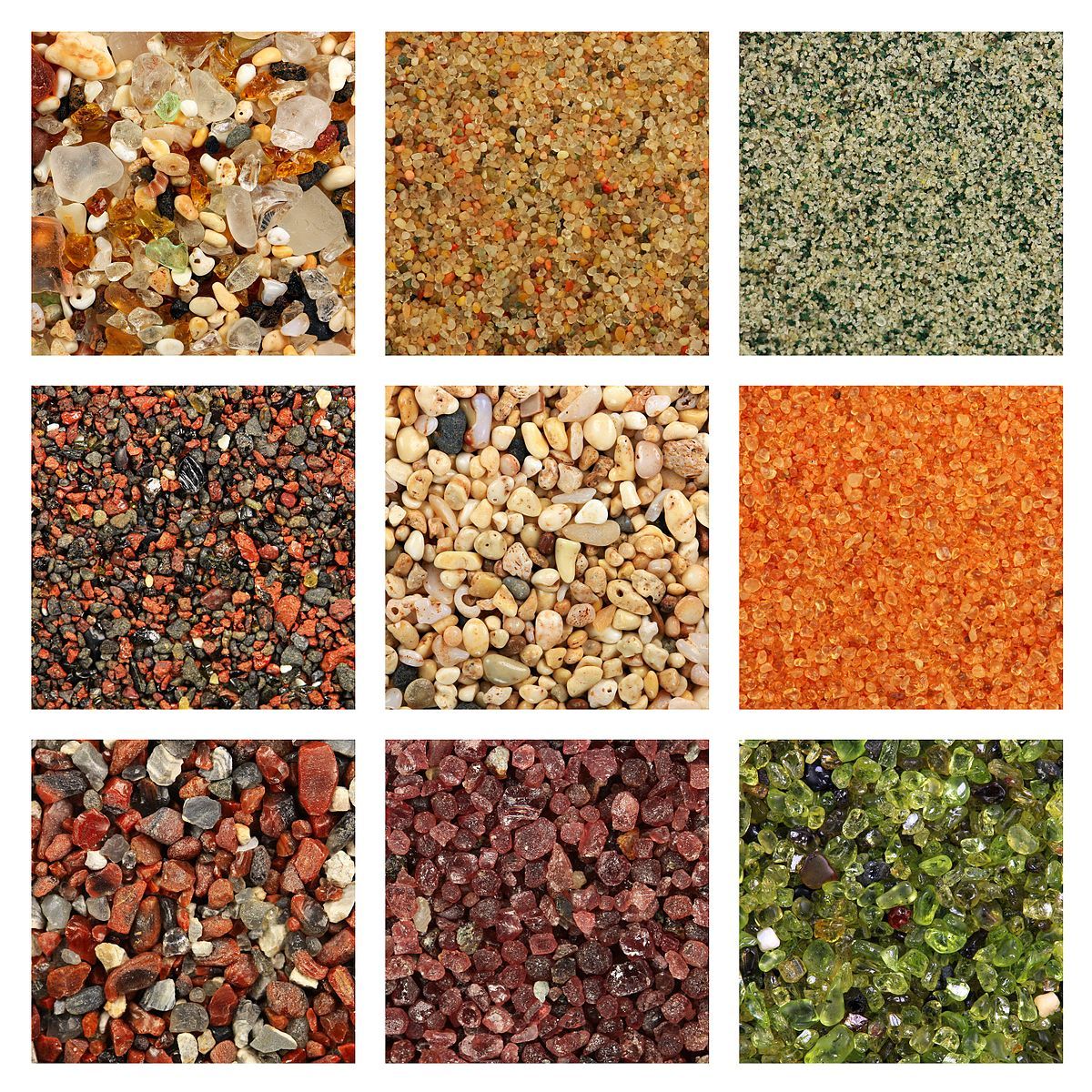Follow us on Google News (click on ☆)
Sand is formed from the breakdown of rocks—the well-known process of erosion. Mountains, cliffs, or rocky ground are slowly worn down by rain, wind, frost, or even plant roots. The water in rivers then carries these small fragments downstream into valleys and eventually to the sea. Along the way, the rocky pieces break down further, becoming smaller and smaller until they turn into sand.
But beach sand doesn't come solely from mountains or rivers. It can also originate directly from the sea. Broken shells, coral, and even marine microorganisms produce sand as well. In tropical areas, for example, much of the sand is of biological origin: it consists of coral or shell fragments, sometimes even produced by fish like the parrotfish, which grinds up coral while feeding.
The composition of sand therefore depends on the location. Some beaches have white sand, rich in limestone, of biological origin. Others are darker, even black, because they come from volcanic rocks. In any case, sand is the result of a long process.
Once it reaches the coast, sand is deposited by waves, shaped by tides, and pushed by the wind. It can also return to the sea, carried away by currents. Sand is a material that is constantly moving, never truly still.
So, when you play in the sand or lie on a beach, you're in contact with an element that tells the story of our planet. A tiny grain of sand is a fragment of rock, shell, or coral that took centuries to arrive right beneath your feet.
